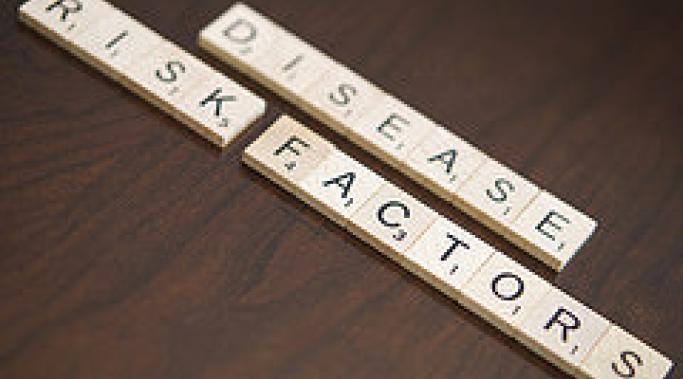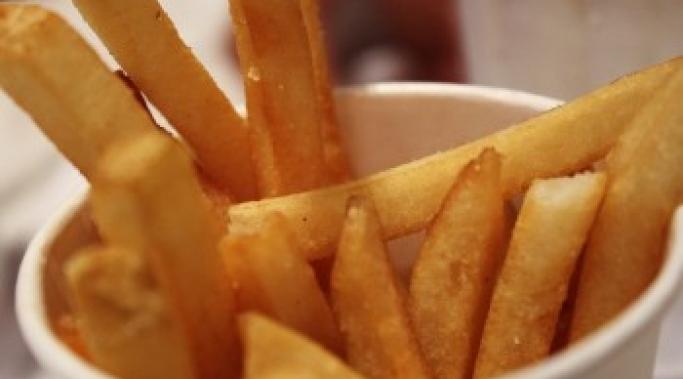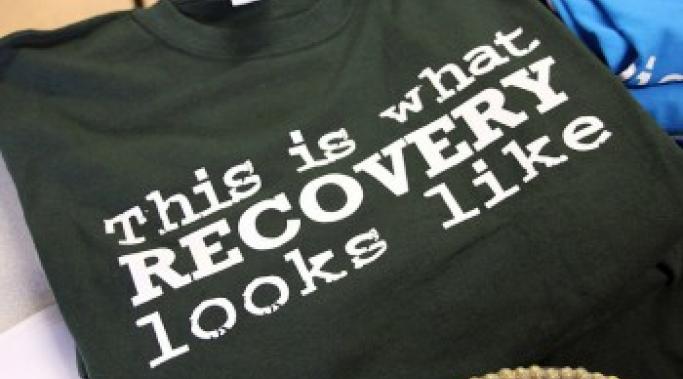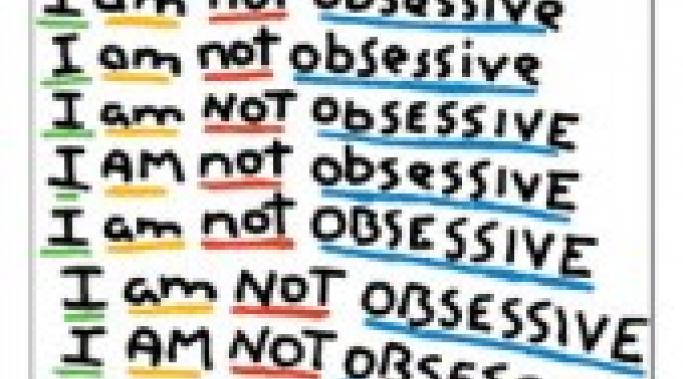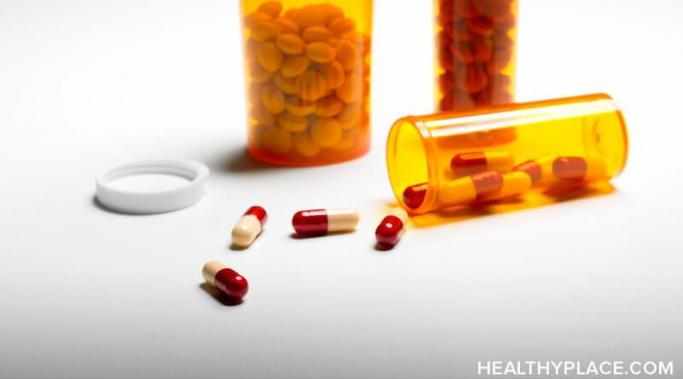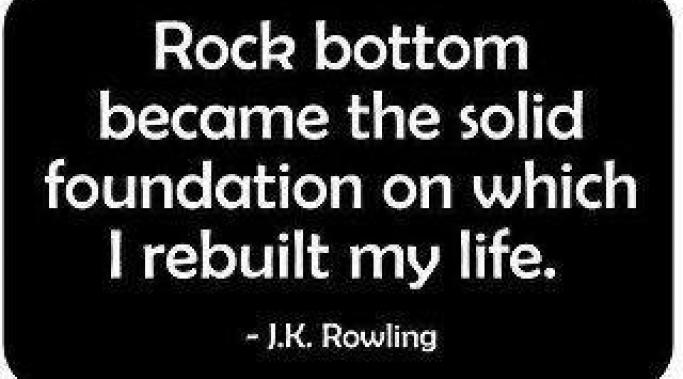The alcohol addiction disease model is a divisive concept between those who see drinking as a choice and those who believe alcoholism relieves an individual of the willpower to resist alcohol. This is even a dividing line between addiction recovery programs LifeRing and Alcoholics Anonymous. It has been my personal experience, that when active in my addiction, my actions did not align with my moral code. When drunk, I did things I have no recollection of deciding. Furthermore, I cannot count the number of times I have heard a recovering alcoholic say, "I always swore I would never ______, but I did that when I was drunk." To me, this is evidence enough that after I take my first drink, the disease takes control of my brain and I lose any control or willpower I had against alcohol. My alcohol addiction is a disease.
Addiction Signs and Symptoms
Alcoholism in the military is a big problem. Ask any man or woman who serves in a branch of our armed forces, and they will affirm that there is a drinking culture in the military with high expectations. No matter what your position, title, or unit, it seems that most of the military lifestyle revolves around alcohol. While the military didn't directly cause my alcoholism, the lifestyle and drinking culture of the service didn't protect me from it either.
Some people believe that adding the word “addiction” to any vice is a cheap ploy to excuse bad behavior. But the fact is, that any dopamine-releasing activity can be addictive, and this includes sex. Here are seven signs of sex addiction.
As I tossed a french fry into my mouth, I thought, "mmm . . . salty." In fact, it was too salty for my taste, but somehow I still enjoyed it. That's because certain foods affect humans in a manner similar to other addictive substances. The fries didn't even taste that good, and yet I kept eating them. This new research in food addiction may explain why.
After using drugs or alcohol for a prolonged period of time, your body needs time to adjust when you quit a drug. Your body chemistry changes and that impacts your mental clarity, balance, and even your sleeping patterns. While post acute withdrawal syndrome (PAWS) is not officially recognized as a medical condition, the effects are commonly experienced by men and women in early drug and alcohol recovery.
Last month, the Center for Disease Control and Prevention (CDC) released the results of a study of American drinking habits. I was surprised to read the findings. The biggest two takeaways were: one-in-three adult Americans drink heavily and 90 percent of Americans who drink heavily are not alcohol dependent, aka addicted to alcohol. Let's break down what that actually means.
I am an addict. Yes, I am in recovery (24 years and counting) but that doesn’t mean that my addictive qualities do not rear their ugly heads from time to time. This is most commonly exhibited in the form of obsession and compulsion.
In case you didn’t know already, addiction is a liar. It will do whatever it can to keep itself alive. One of the primary ways that it does so is through the use of defense mechanisms. Defense mechanisms are simply thought/behavior patterns that addicts use to continue on our path to destruction. They come in many forms and I am going to cover just a few of the more prominent ones:
Prescription drug abuse and addiction is an epidemic. It affects people from all walks of life, all ages, races, ages, backgrounds, socioeconomic standing, etc. There is a huge rise across the country in the numbers of nonmedical use and abuse of prescription drugs. It is important to understand that prescription drug abuse is defined as “the use of a medication without a prescription, in a way other than as prescribed, or for the experience or feelings elicited.”
This concept of “hitting rock bottom” is a common phrase in addiction awareness, intervention, treatment, media, etc. People often have a story of their rock bottom. However what exactly is a rock bottom and how important is it in recovery from an addiction and getting sober?
